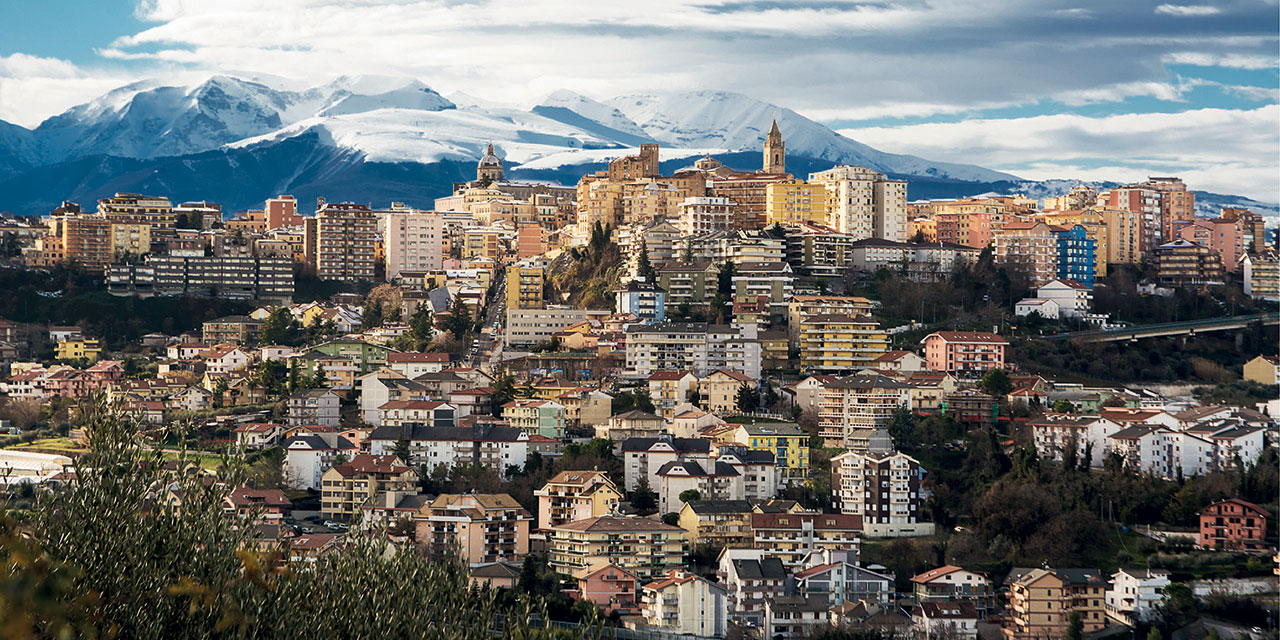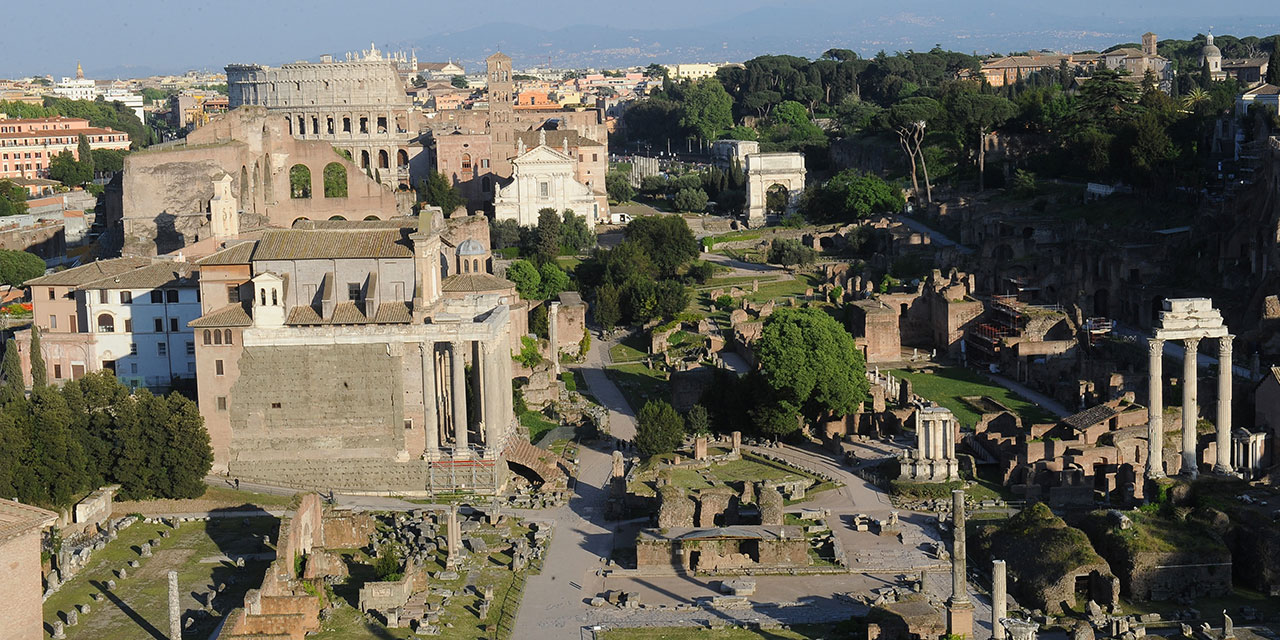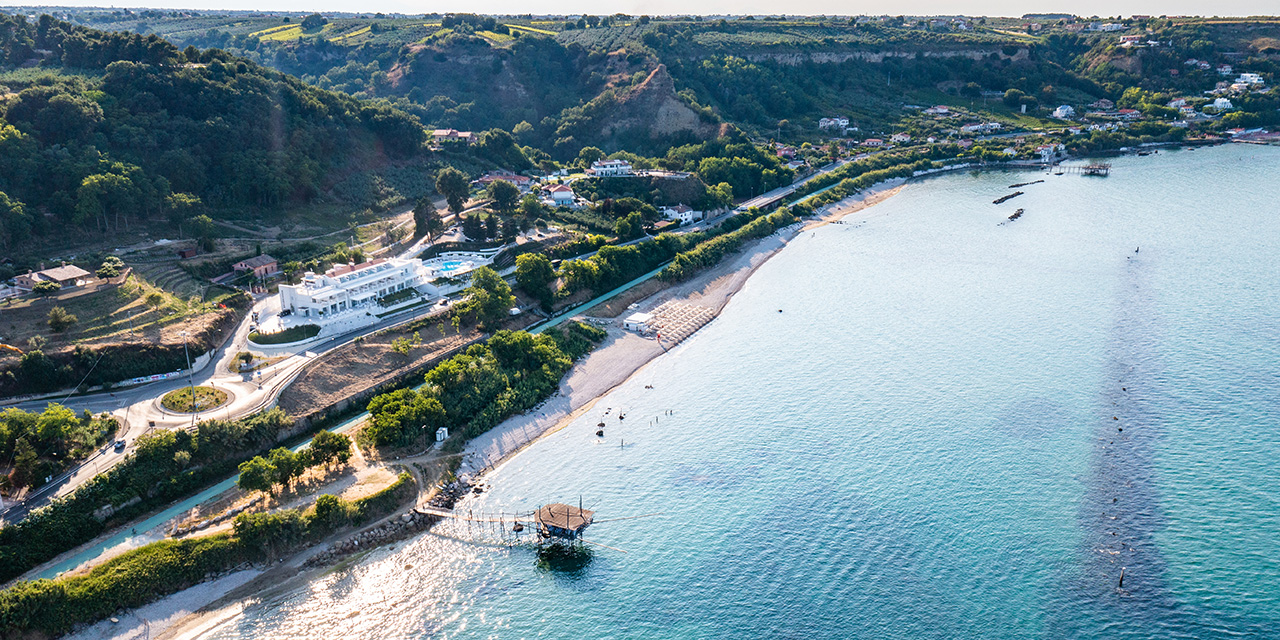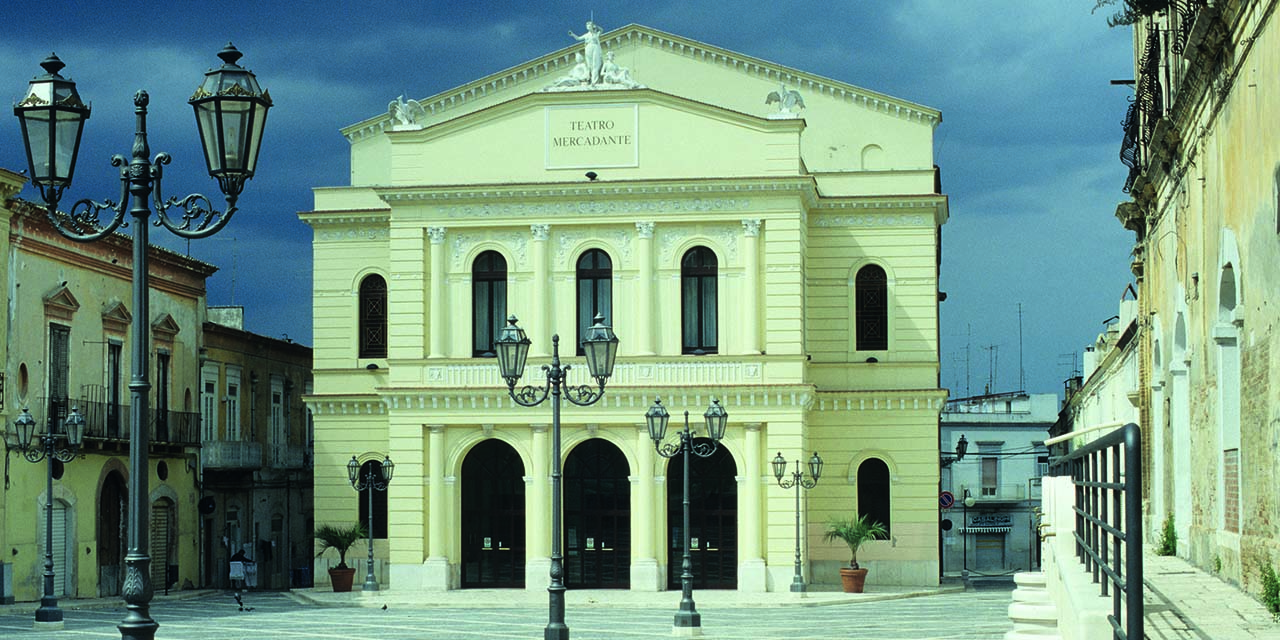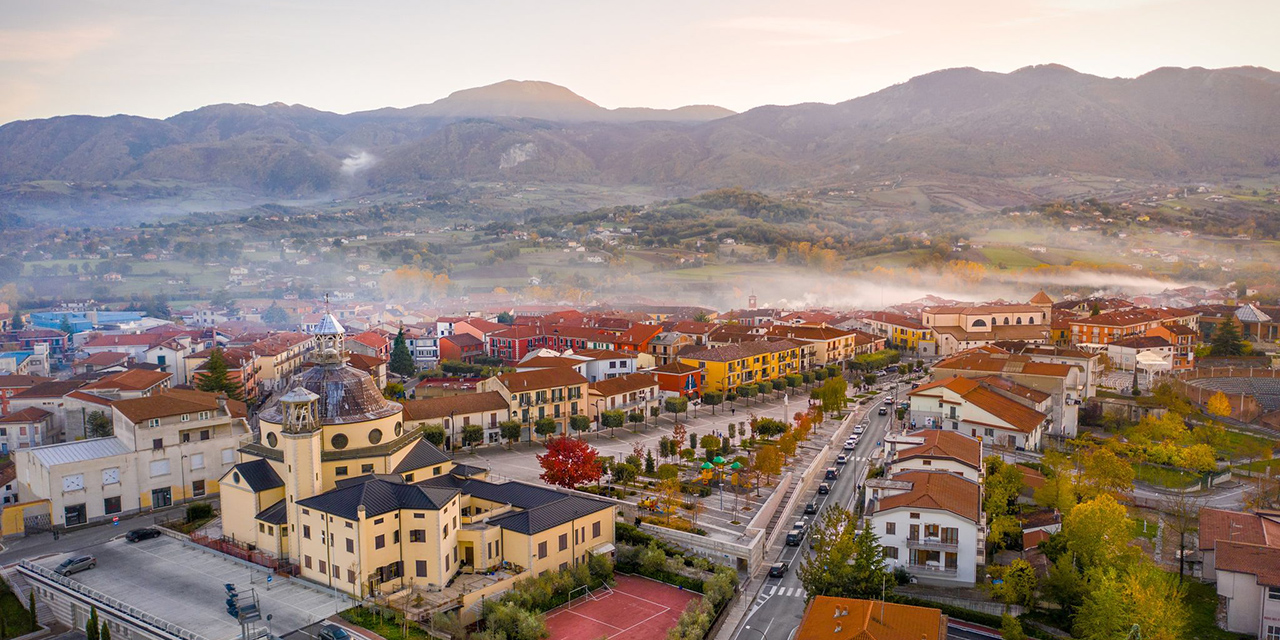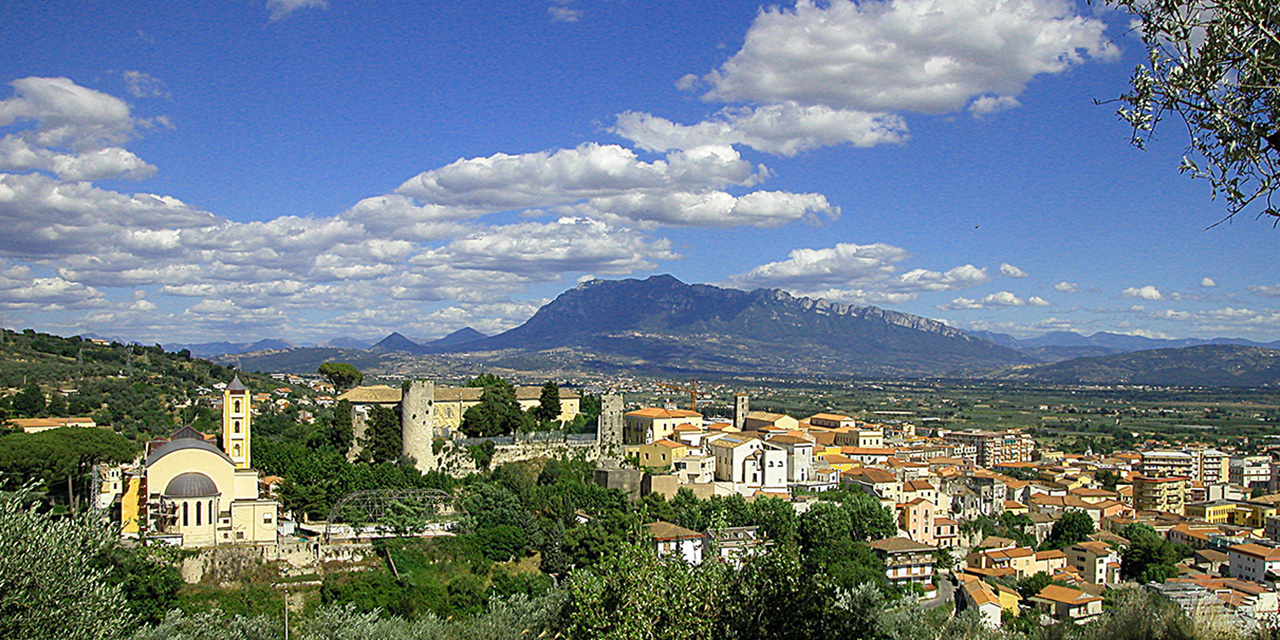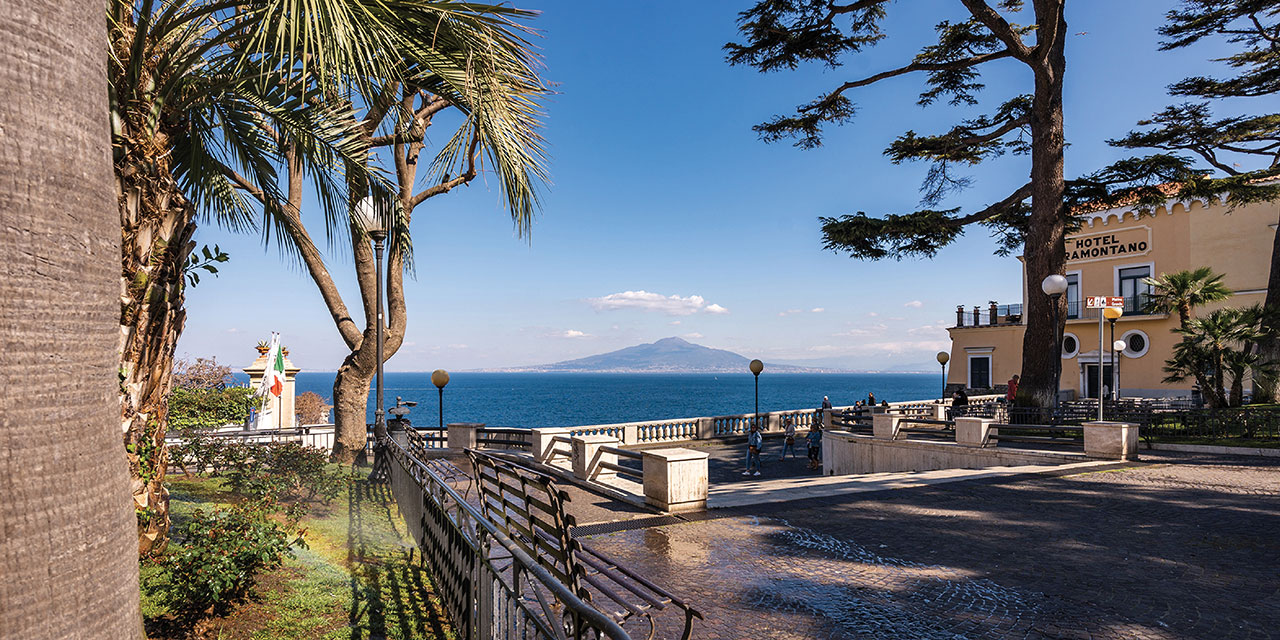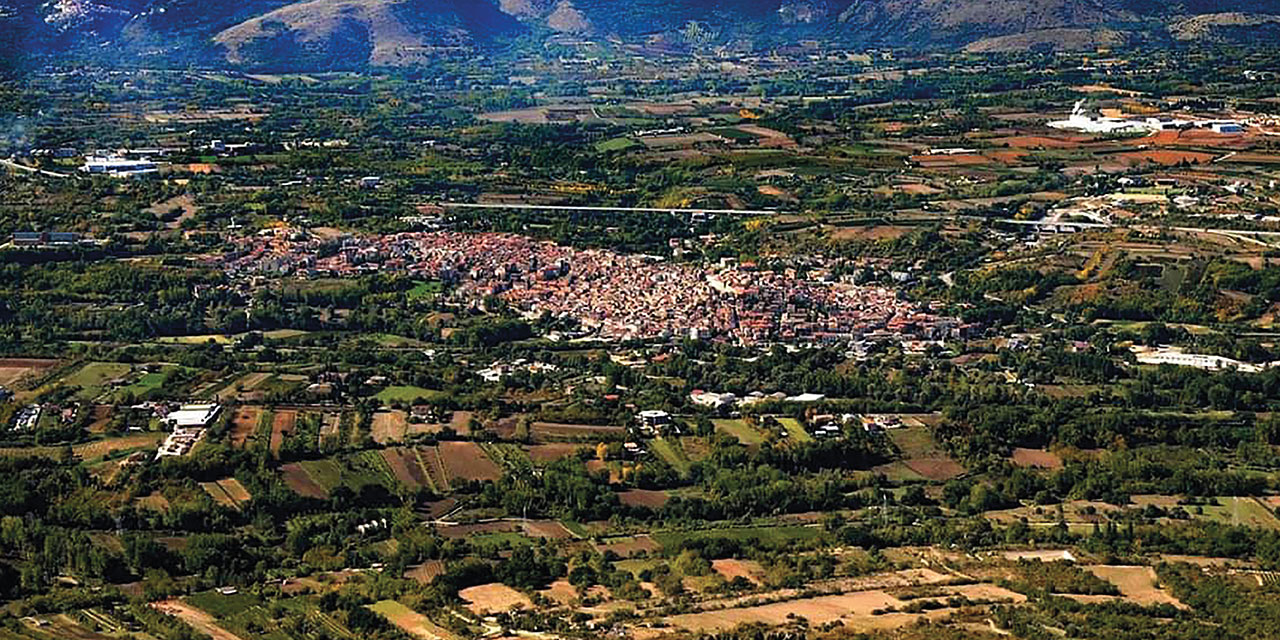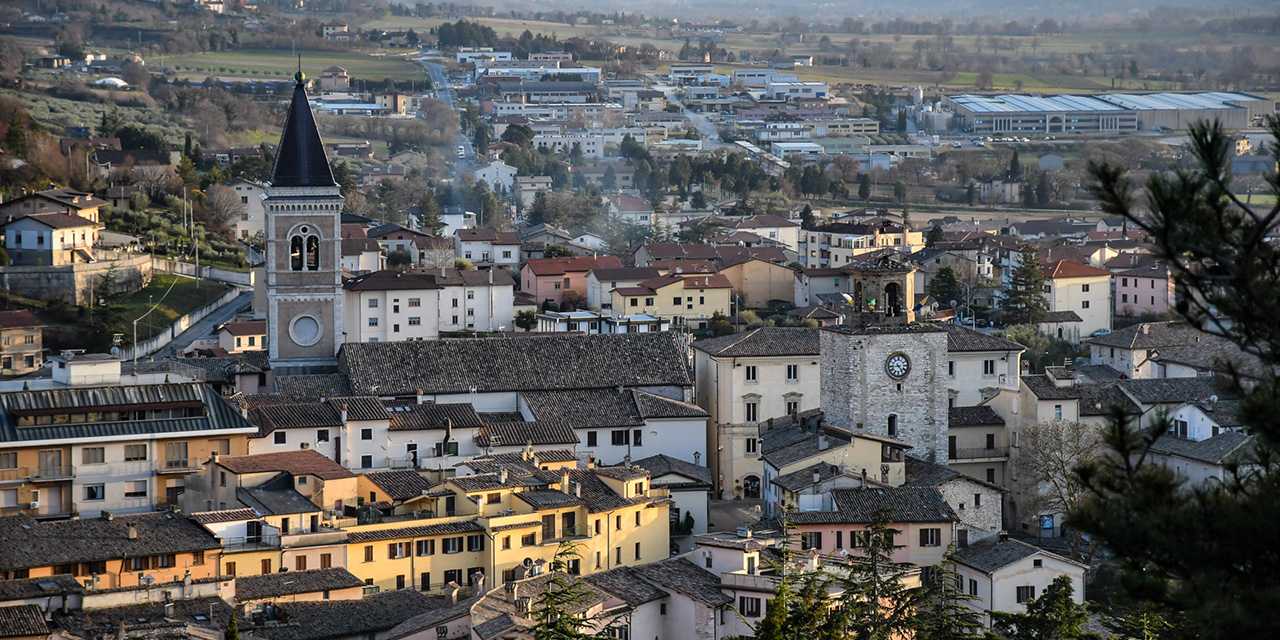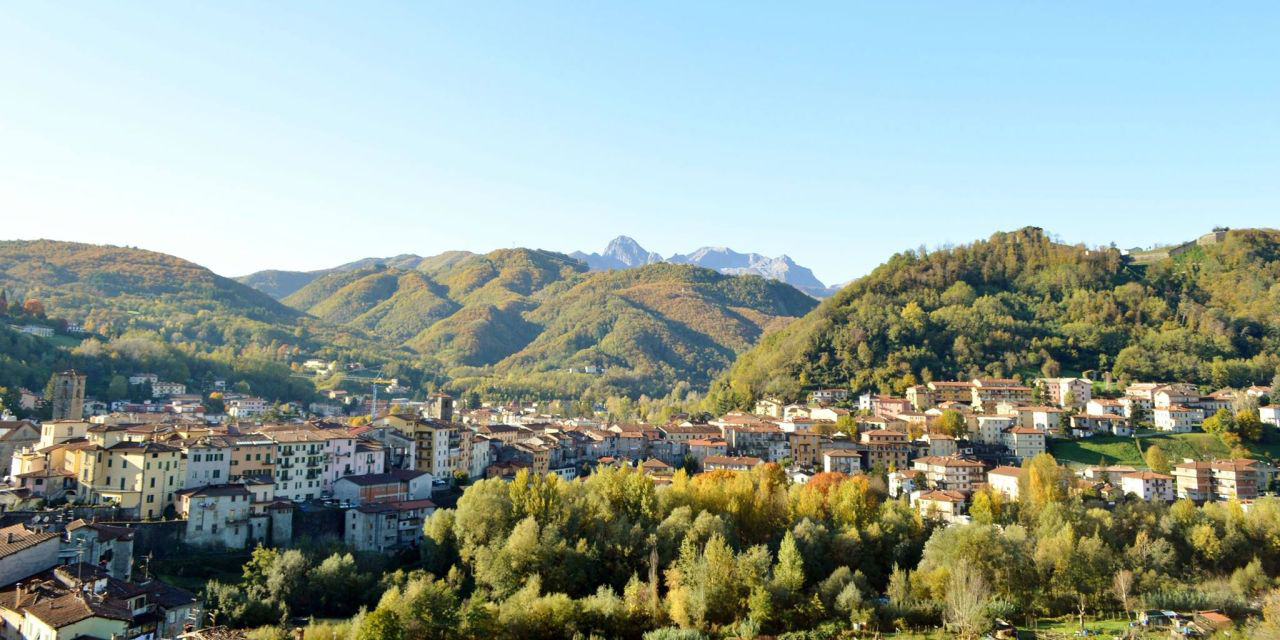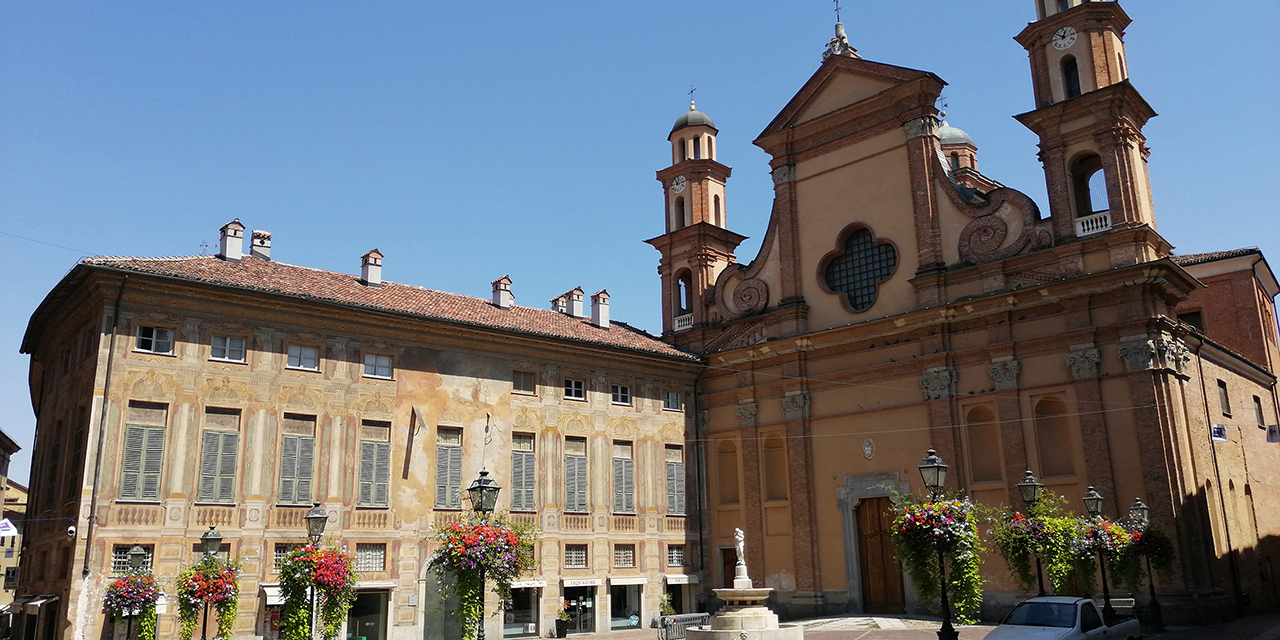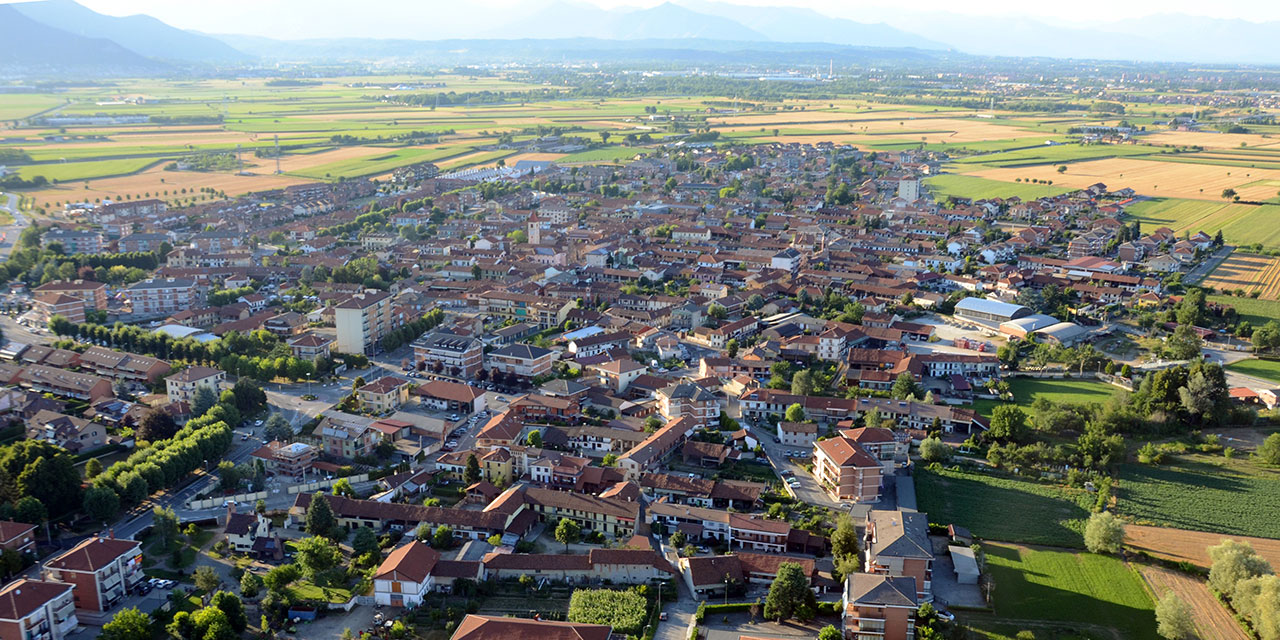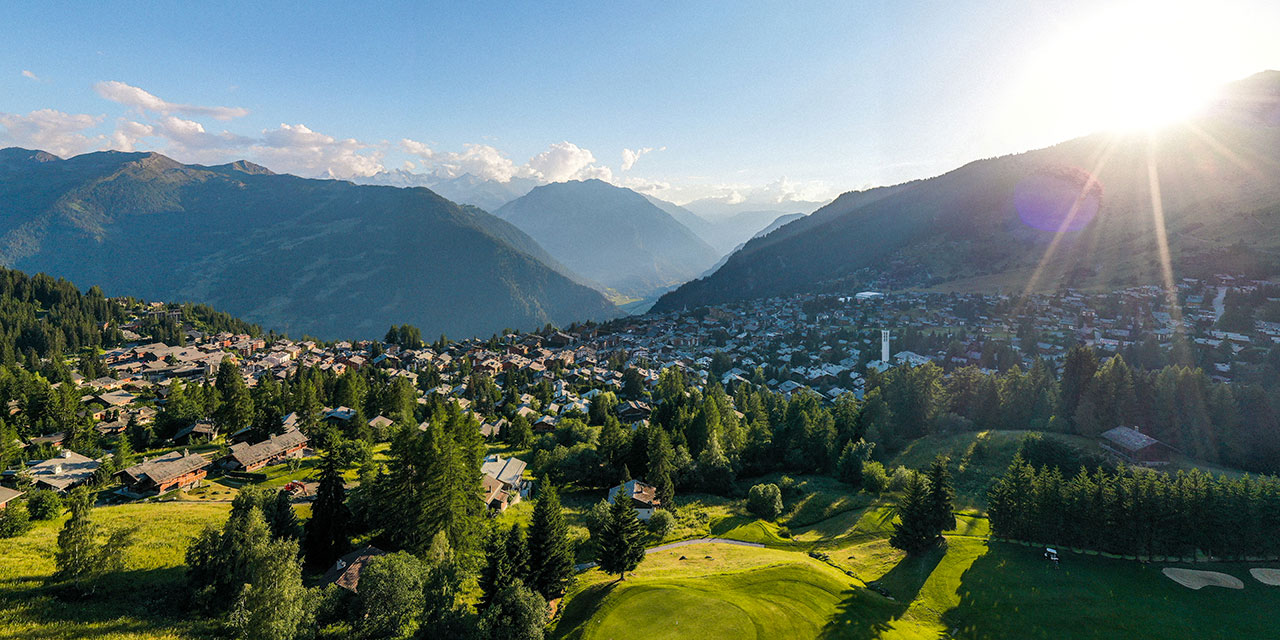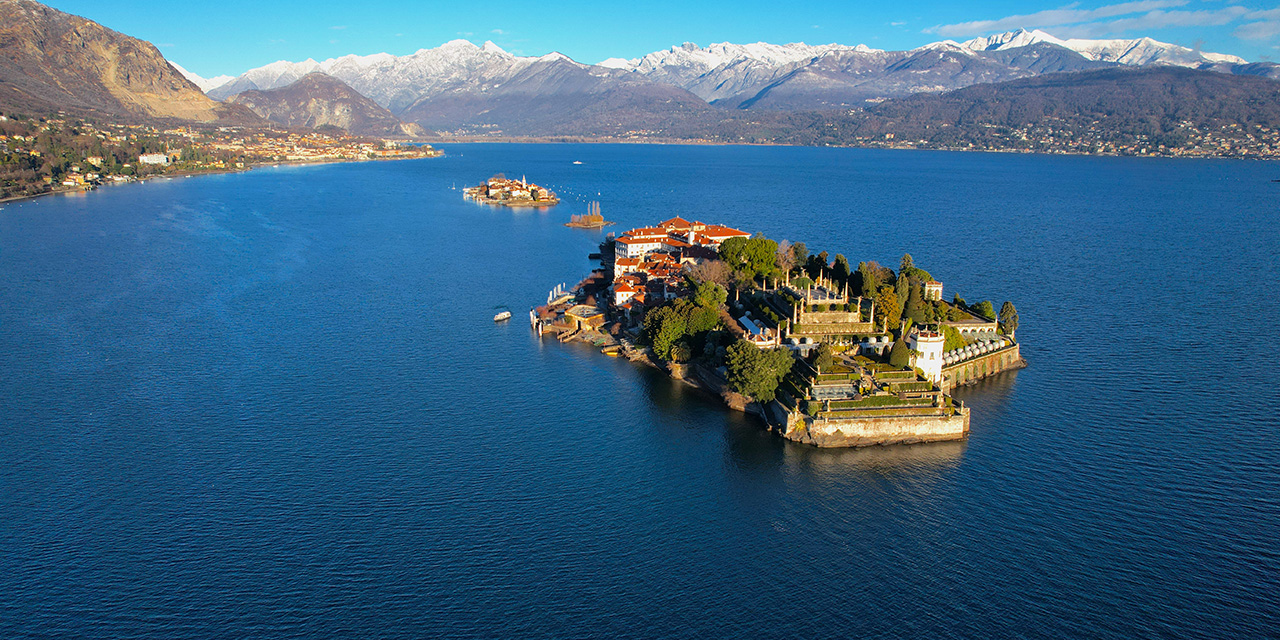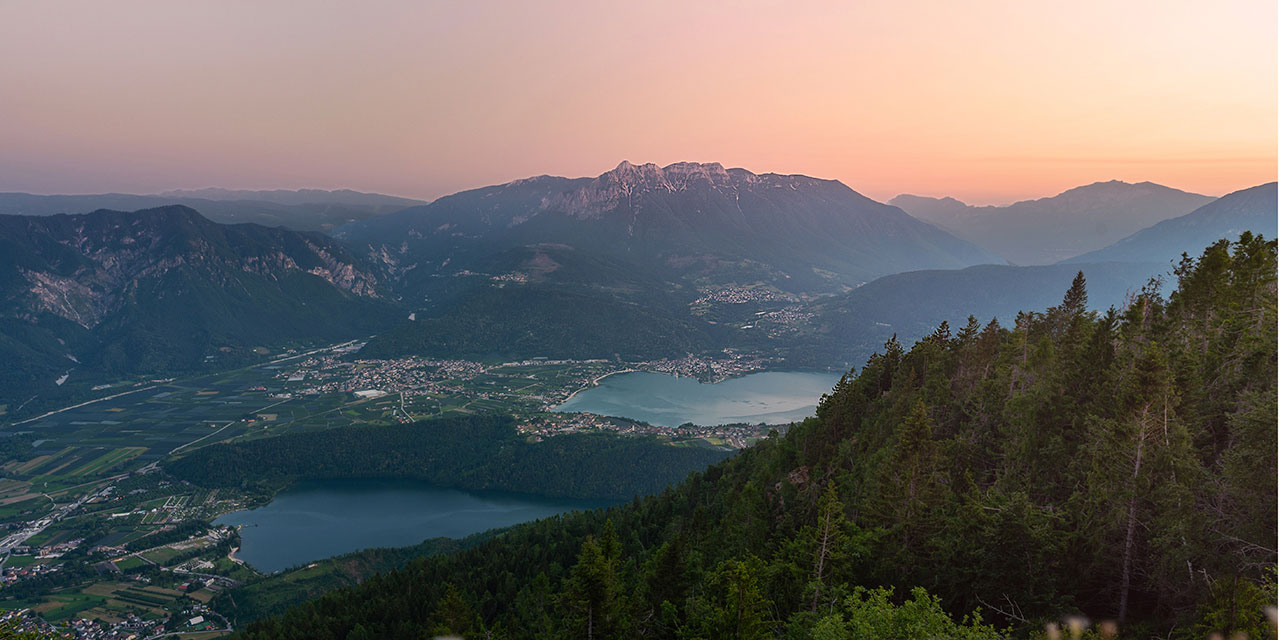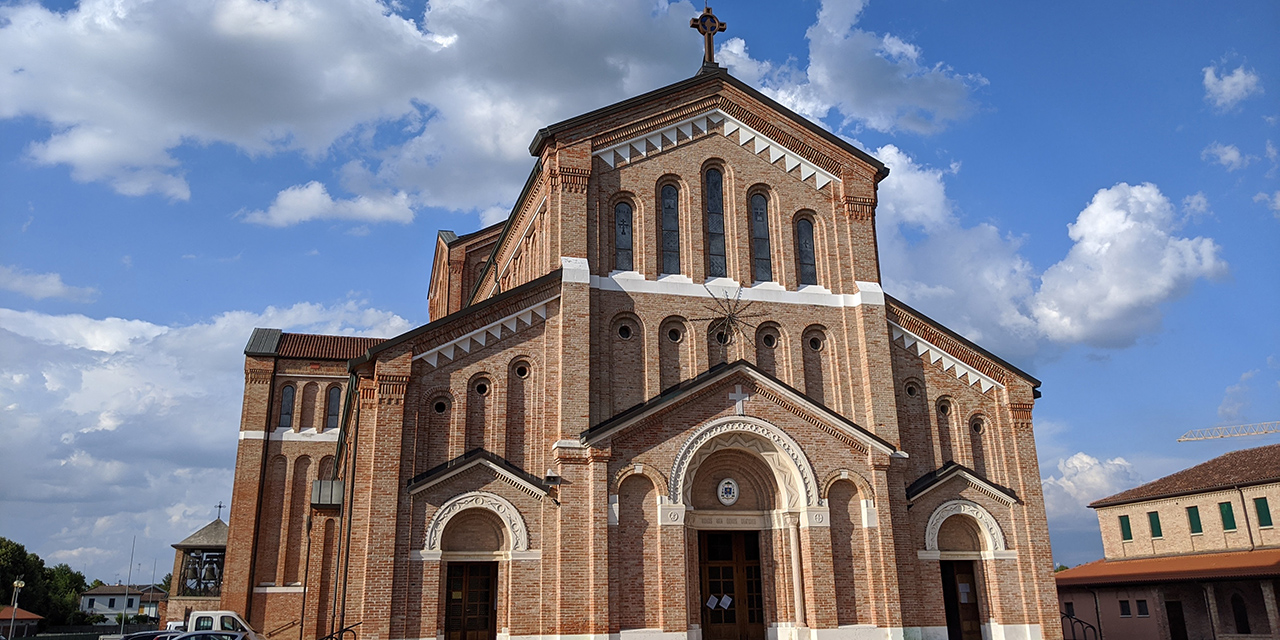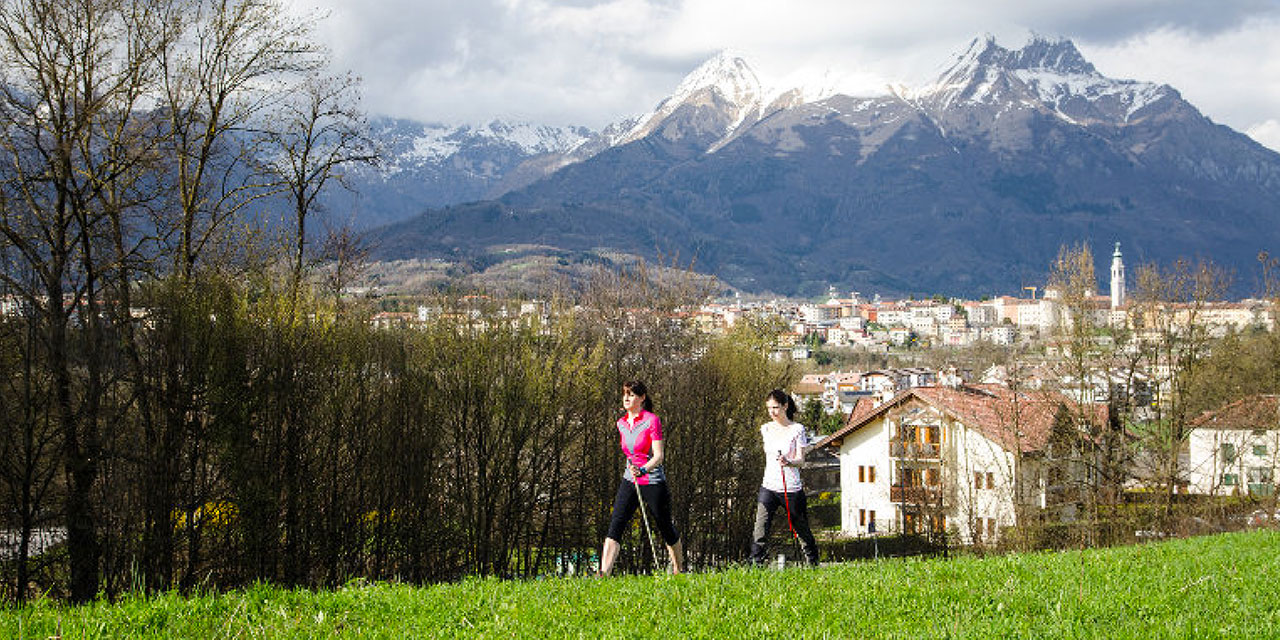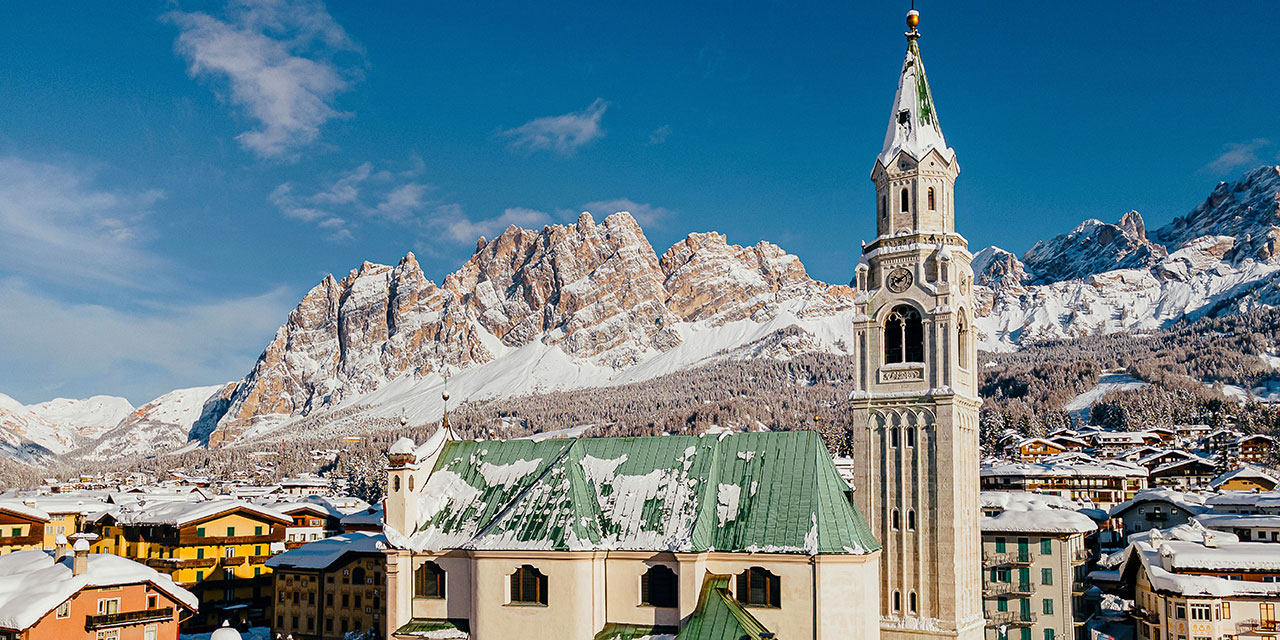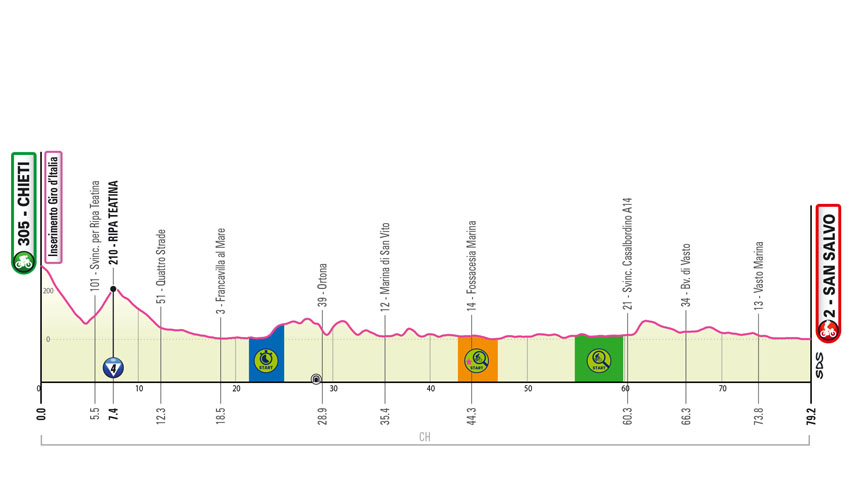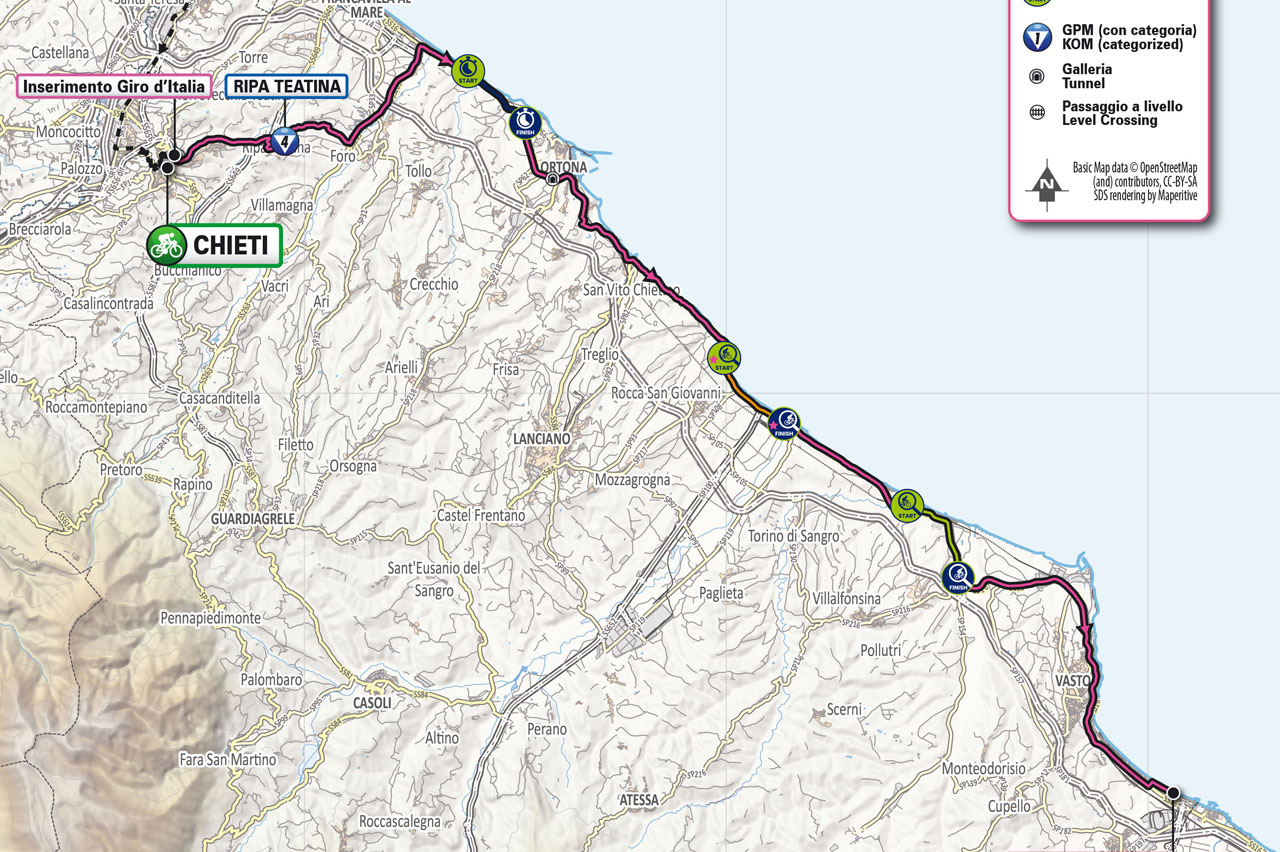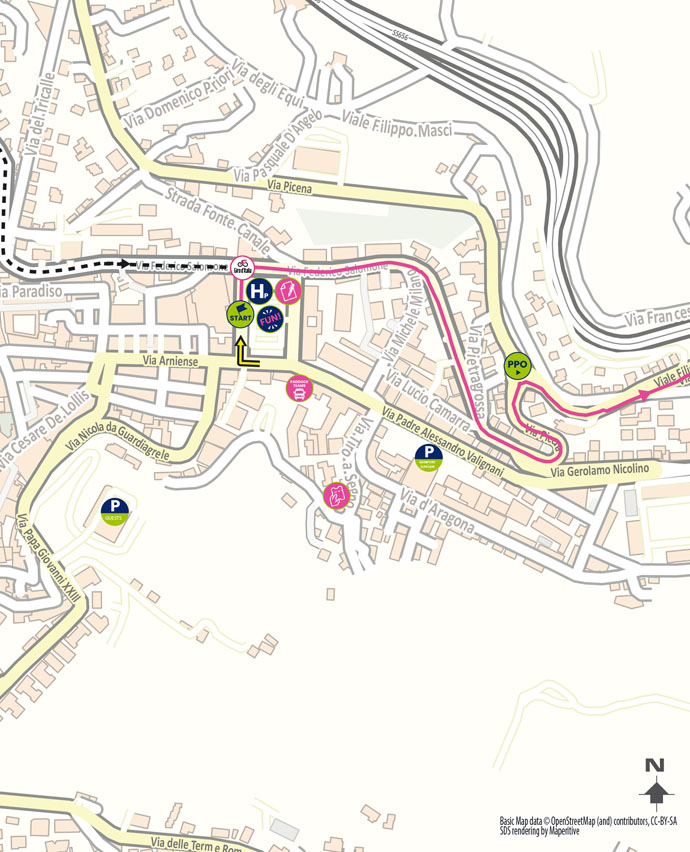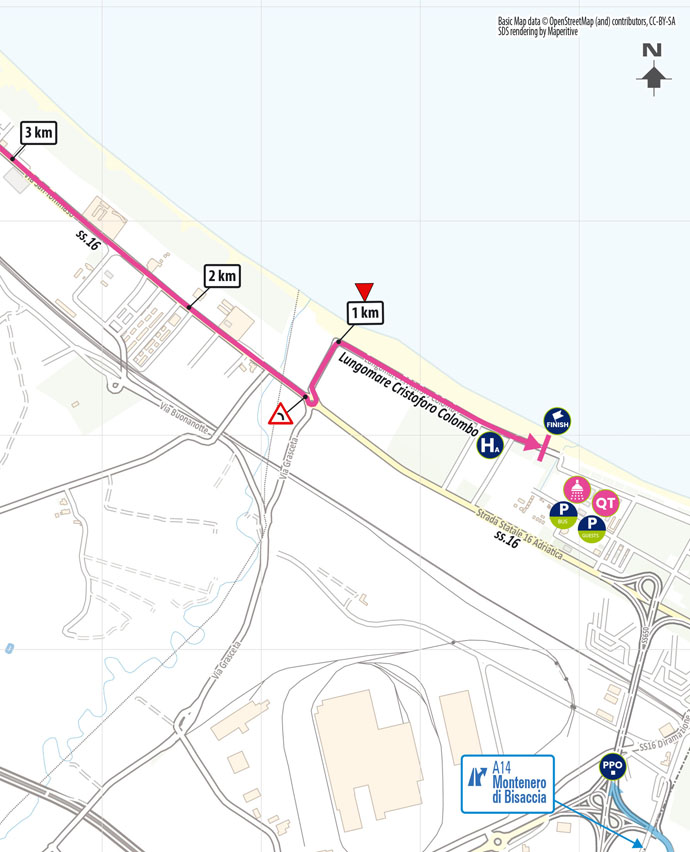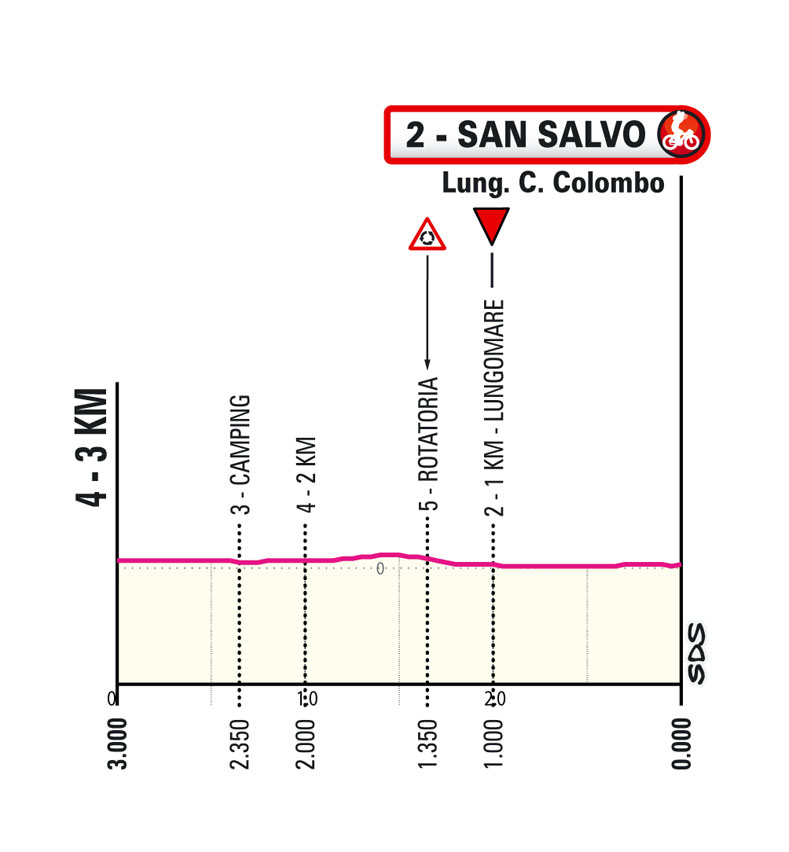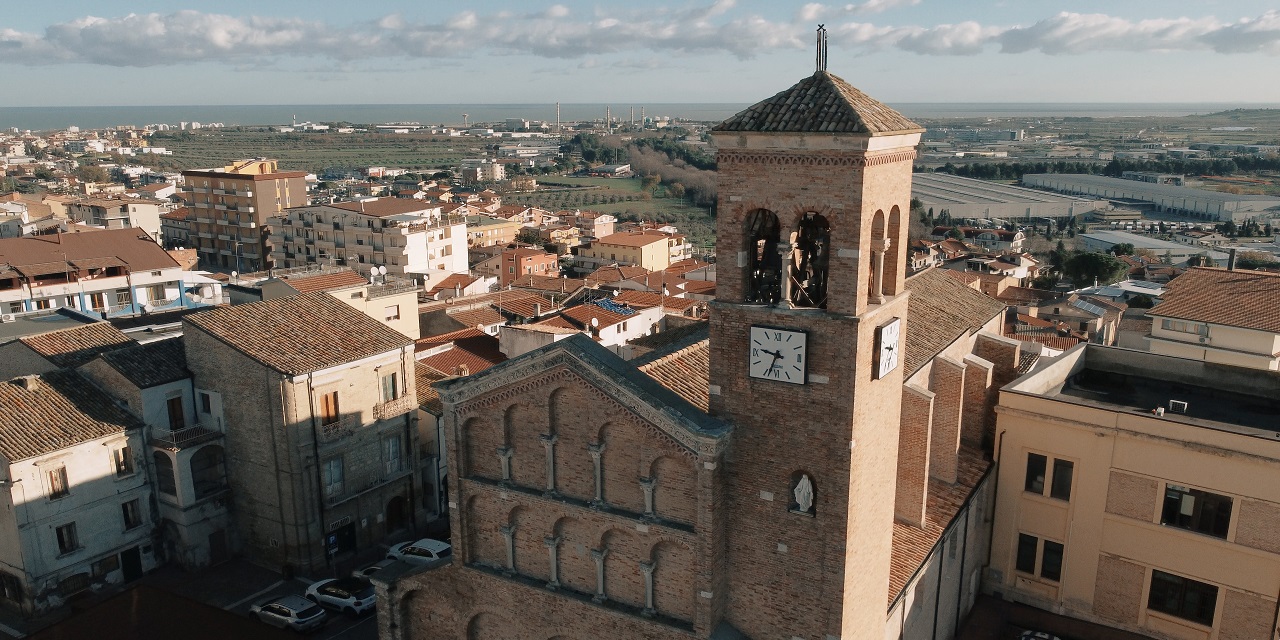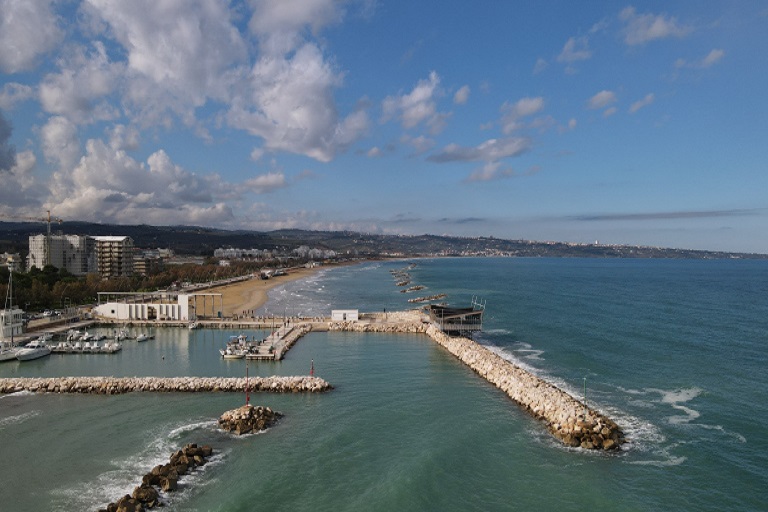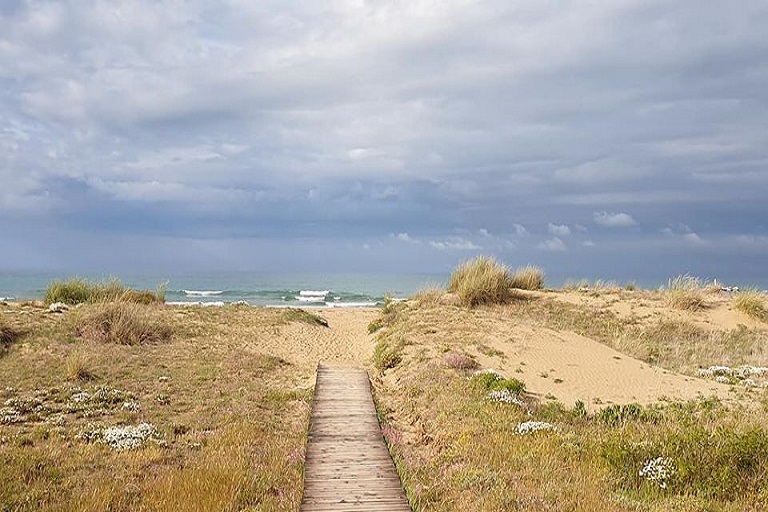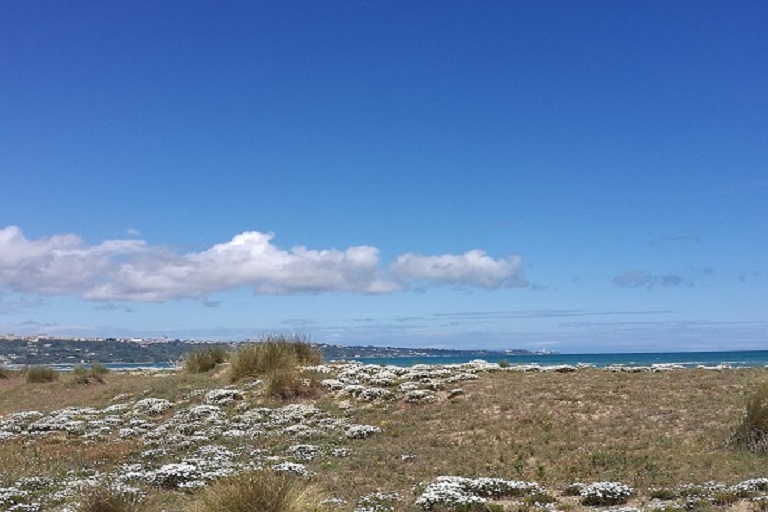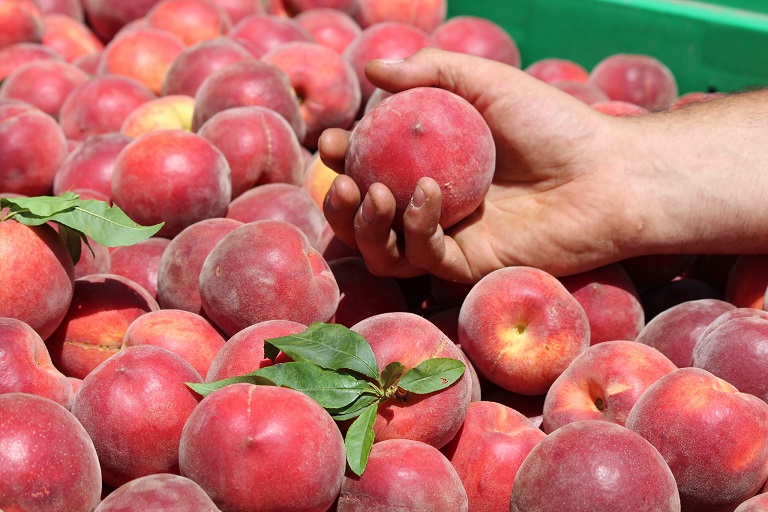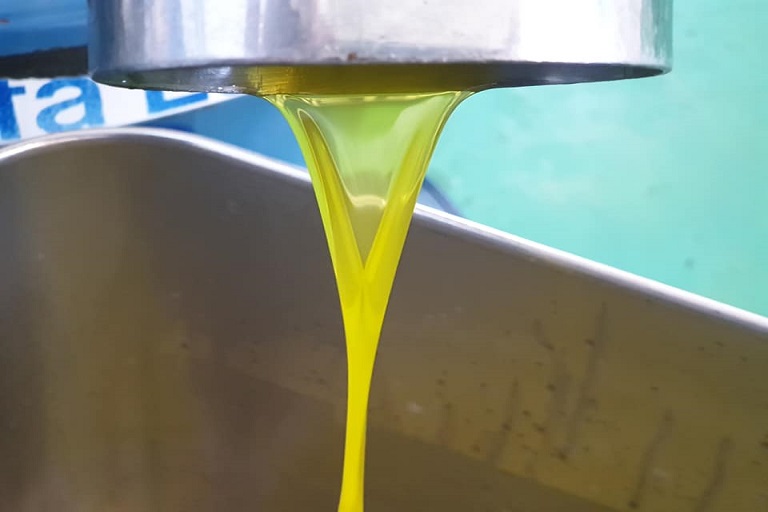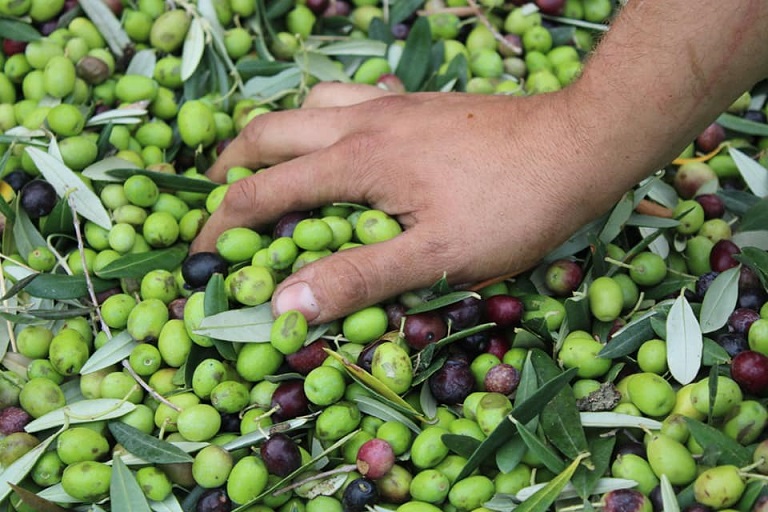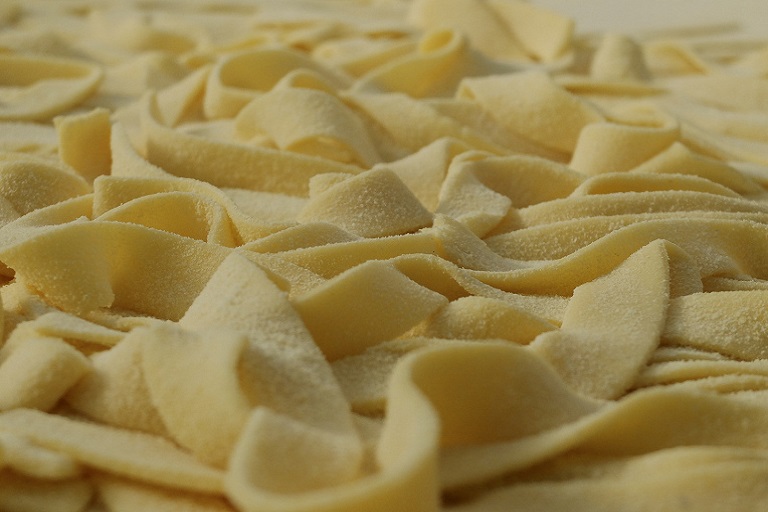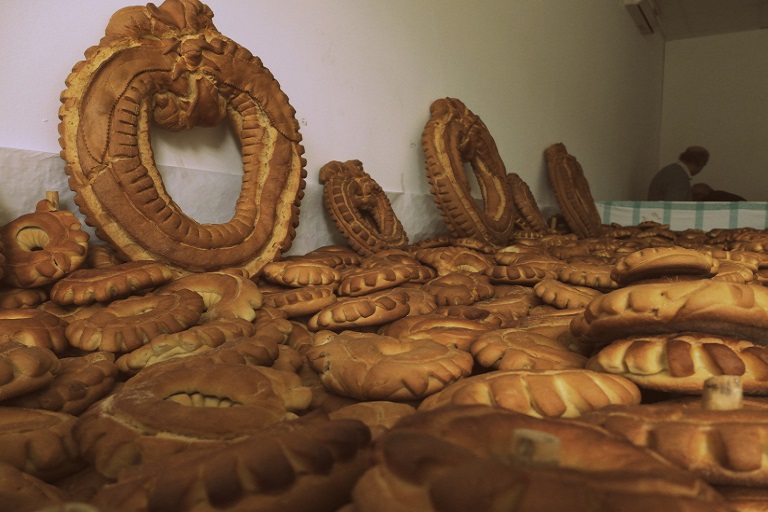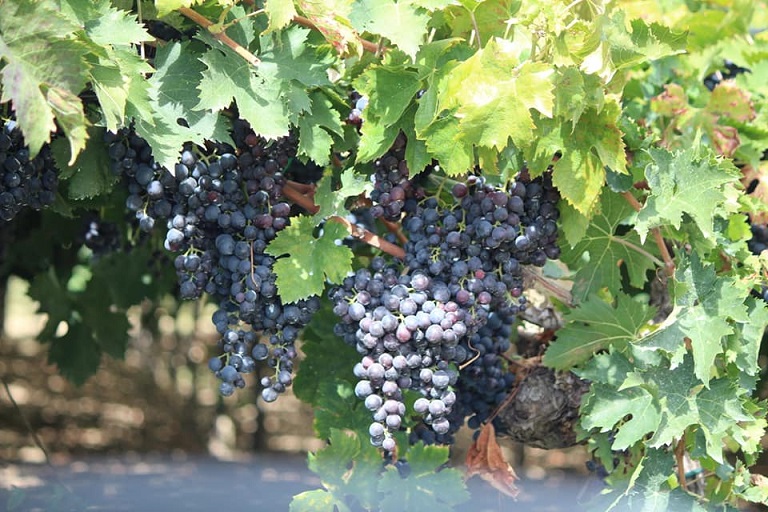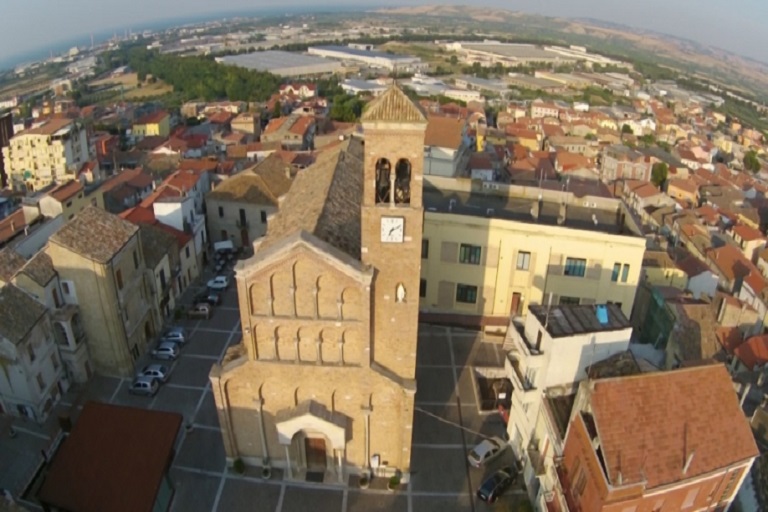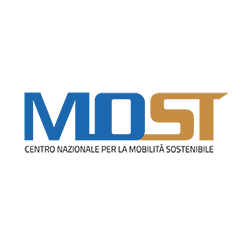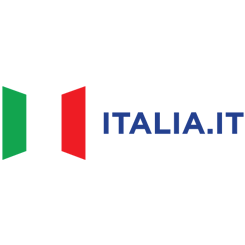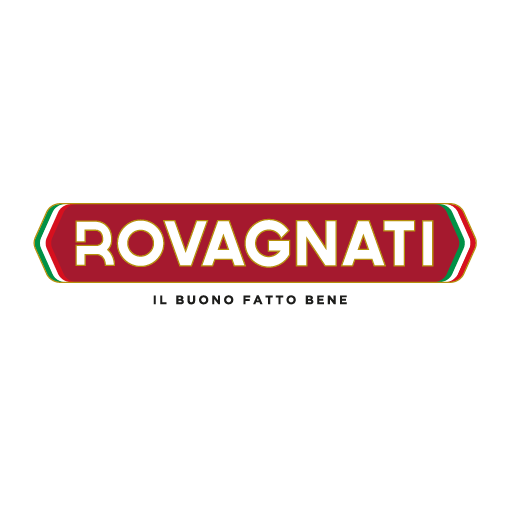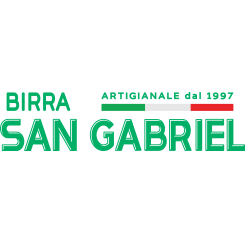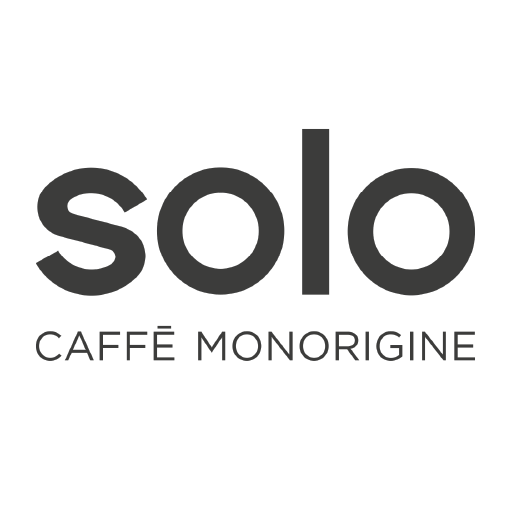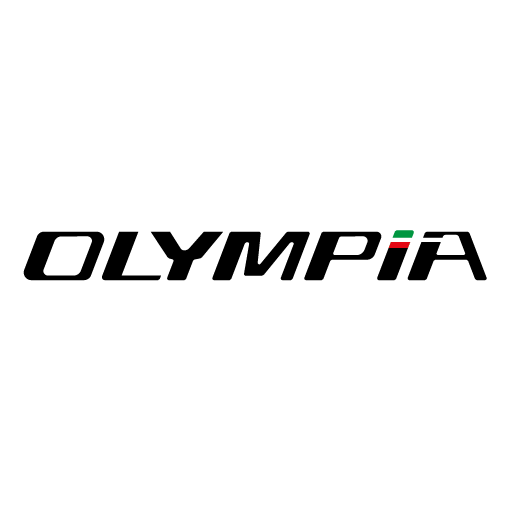profile
map
start / finish
final kilometres
itinerary timetable
tourist info
Host city:
CHIETI
History
According to a seventeenth-century legend, the city was founded in 1181 BC. by the hero Achilles, who named it Teate in honor of his mother Thetis. The Homeric hero is also represented on the city’s coat of arms.
According to the legend reported by the historian Girolamo Nicolino, Chieti would be among the oldest cities in Italy and Abruzzo. The mythological origin of the city is also reported on a plaque near the Town Hall. How to show some artifacts preserved in the University Museum of Biomedical Sciences, the Theatine territory was inhabited since prehistoric times.
Local cuisine
The sagne a pezze, the tajarìll fasciule and pork rinds, the ‘ngrecciata and the pallotte cace e ove are culinary specialties from Theatine region. Among the traditional specialties of Italian cuisine we find strozzapreti, tagliolini, ‘ndocca a ‘ndocca pork offal, mutton, Teramo and Pennese tripe, wild boar, Adriatic fish stew (scorpion fish, prawns, octopuses and monkfish). Among the desserts, the cicerchiata teatina is typical for the Christmas period.
Local wines
Abruzzo DOC; Cerasuolo d’Abruzzo DOC; Colli del Sangro IGT; Colline Frentane IGT; Colline Teatine IGT; del Vastese o Histonium IGT; Montepulciano d’Abruzzo DOC; Montepulciano d’Abruzzo DOC sottozona Teate; Ortona DOC; Terre di Chieti IGT; Terre Tollesi o Tullum DOC; Trebbiano d’Abruzzo DOC; Villamagna DOC
Main points of interest and landmarks
Cattedrale di San Giustino , Chiesa di San Domenico degli scolopi, Chiesa di Sant’Agostino, Palazzo della Banca d’Italia, Palazzo Majo (o de’ Mayo), Palazzo del Convitto “Giovan Battista Vico”, Villa Frigerj; Fontana luminosa; Anfiteatro romano della Civitella; Torre del Duomo, Anfiteatro romano della Civitella.
Chieti boasts, in addition to the numerous remains of ancient Roman civilization, an entire underground city located just below the current historic centre. With the aim of satisfying the needs of the population in ancient Teate, a complex system of cisterns connected by tunnels provided with ventilation holes was built, which is still partly intact, so much so that some underground rooms were used as an air-raid shelter during the second World War.
San Salvo
Overview
Due to its natural disposition, the city of San Salvo was for centuries the south-eastern gate of Abruzzo. It is a city of 19,963 inhabitants located at 100 m. above sea level and 4 km from the Adriatic, on whose shores there is a very fine Sandy beach. San Salvo embodies different vocations. It is a city of the sea and summer holidays under its Blue Flag banner.
It is a riverside city with the Trigno river and its botanical and natural treasures. It is an agricultural city surrounded by olive trees and covered with crops .It is a city of travel, with ancient and modern routes: from the tratturo to the cycle path, from the motorway to the valley , from the fast railway to glorious national road.
Surprisingly, it is also a city of history. The historical story of San Salvo is, in fact, millenary, closely linked to the geographical position. After prehistory, its territory has known the Apennine civilization, woven relationships with Mycenaean and Greek world (II/I millennium BC) and saw the affirmation of italic civilization (6th-3rd century BC). With the romanization of Frentania (3rd-1st century BC), a city with rich domus was built on the current urban site, underground aqueduct and thermal baths, with a port at the mouth of the Trigno active in the trade (1st century BC-3rd century AD) with the whole Mediterranean.
The early Middle Ages was characterized by the establishment of two Benedictine monasteries: Sant’Angelo in Salavento and Santo Salvo (eponym of the town); the Late Middle Ages for that of the Cistercian abbey of San Vito del Trigno (13th century), in the homonymous river plain.
The 19th and early 20th centuries produced a slow but steady economic recovery (based on agriculture and handicrafts) and demographic which found the its climax in the phase of intense development of the forty years 1961-2000.
After the great peasant struggles (1950), the industrial settlements of the S.I.V. (1963, then Pilkington) and Magneti Marelli (1973, then Denso) together with the development related industries, commerce, tourism and services allowed a new, intense urbanization process allowing San Salvo to become the fastest growing city in population in Abruzzo. The city of San Salvo has always stood out for the industriousness and dynamism of its people. In the last decade excavations and archaeological discoveries have given new vigor to this impetus through the discovery of a previous historical identity unknown. All this has enriched an already rich and articulated tourist offer, made of nature, history, archeology, food and wine, sea, leisure and nautical pleasure.
Food
San Salvo’s territory is rich in genuine products, that are the result of a millennium old heritage of rural and country knowledge, enriched during the Middle Ages by thwith a huge varie great rural Cistercian tradition brought in this area by the monks of the SS Vito’s and Salvo’s Abbey. Among the many local products the olive stands out; its fruits are picked up before the full ripeness and processed in the same day, so that it gives the olive oil a fruity aroma, limpidness and a low rate of acidity.
The peach cultivation has a great importance in San Salvo and this fruit is exported in all Europe. The wine production has its excellences in some IGP wines such as the “Chardonnay della Provincia di Chieti”, the “Pecorino d’Abruzzo”, the “Sangiovese” and the “Trebbiano d’Abruzzo”; some DOC red wines such as the “Cerasuolo” and the “Montepulciano d’Abruzzo”.
San Salvo boasts an high level food tradition with a huge variety of home made pasta, sweets, and sausage products
like sausages, pepperoni, “soppressate”, “capicolli” and “ventricine”: these products are often home made, but in the last years their manufacturing production has a great success.
Points of Interest
The Quadrilateral Archaeological Park is situated in the historical center of San Salvo. It corresponds to the original foundation of the town and it is part of a cultural heritage system for the benefit of the audience.
Founded after archaeological researches carried out in 1997, situated in the area around “Piazza San Vitale”, the Park is made of seven archaeological-historical sites. It promotes the knowledge of its historical-archaeological heritage and organizes activities about cultural patrimony in general. Besides the exhibition area, monuments and archaeological sites there are suitable spaces to house meetings, conferences, debates, concerts, artistic laboratories and didactical activities.
The Civic Museum “Porta della Terra” 2 collects and displays some of the archaeological findings coming from the territory of San Salvo, and especially from the Quadrilater Area. The objects exhibited have been selected according to an underground route that goes backwards in time from the Middle Ages to the Archaic Age (6th century BC) passing through rooms with Medieval and Roman walls.
The excavations allowed us to reconstruct the different building phases of the Cistercian monastic settlement during the Middle Ages, when the Quadrilateral area reached its definitive shape, still recognizable in the urban area of the historical centre of San Salvo; this occurred exactly during the construction of the SS Vito’s and Salvo’s Cistercian Abbey, which at the end of the 13th century reorganized a Benedictine community present in the area at least since 1173.
The archaeological investigations have brought to light also the ruins of a Roman settlement, built in the first century AD, which reached its greatest development in the 3rd century AD. To this period belongs the Roman Hypogeum Aqueduct – still feeding the “Fontana Vecchia” (Old Fountain) – and a huge and composite building with masonry in opus incertum, mosaic pavements, marble polychrome revetments and plaster painted in fresco.
In the last section of the Museum are exposed the funerary equipments B from a necropolis belonging to the Archaic Age, discovered in “Via Galilei”, nearby the stadium.
They represent precious informations about the stable occupation of the river terrace, on which San Salvo rises at least since 6th century BC, when the site, that dominates an extensive portion of the low valley of the Trigno river, had been chosen by Frentani population for its strategic position and fertility of its soils.
The Abbey Museum 3 collects findings and documents about the presence of Benedictine monks in South Abruzzi, with particular attention to SS Vito’s and Salvo’s Cistercian Abbey.
The Museum offers a thorough analysis on some questions about the millenarian history of the Benedictine Order. The lucky discovery of various fragments of earthenware has allowed to recall the refectory of the monks of SS. Vito’s and Salvo’s Abbey at the beginning of the 14th century, with a true reproduction of the tableware in use at that period.
In the Museum there is a photographic copy of the Chronicon Casauriense, the most important source for the Medieval history of the Abruzzi, written around 1140 in the scriptorium of St. Clemente in Casauria’s Benedectine Abbey.
In the Cloister Archaeological Site 4 there are ruins belonging to a Roman domus and the platform in concrete of a monumental well situated in the centre of the Abbey cloister.
During the Middle Ages St. Joseph church has been the church of the Benedictine monastery of San Salvo (XII century) and then the church of SS Vito’s and Salvo’s Cistercian Abbey (late 13th century) till the 15th century, when the monks decided to leave the settlement. From then on numerous re-adaptations have modified the original aspect, but the northern outer wall still preserves the Medieval masonry with two single lancet windows in limestone, which have been walled in Modern Age.
The Roman Mosaic Archeological Site 6 dues its name to the remarkable polychrome tessellated paving found in 2002.
The northern part of the mosaic forms a carpet consisting in a frame with vine branches which come out from four elegant cantharus, and a central field containing the emblema, which unfortunately has been destroyed.
The southern part of the mosaic is made of carpets with geometric subjects, some of these alternate colours according to modular schemes.
The Town Park 8 is the pre-eminently meeting place of the local community. In this place social relations are made up,
children and tourists feel welcome thanks to the playground, the bycicle path, the facilities area and suggestive sculptures recently made and exposed in the park.
The fountain “Forze Emergenti” (Emerging Strength), better known as “Fontana di Vetro” (Glass Fontain), is an architectonic sculpture composed by four basins surmounted by an elaborate geometrical composition of glass sculptured elements.
The Fountain is a real open-air museum; it can be crossed by the visitor and it represents the phases of glass production process, an activity that is the basis of the social and economic transformation of the local community from the 60s till now.
The dynamic composition of “L’Aquilone” (The Kite) concludes the message of the Fountain, underlining the aim aspects linked to the future towards that the town feels projected. The “A. Moro” Cultural Centre 9 houses the town’s library, the auditorium, the theatre and cinema hall mand a recording studio designed by the architect Giovanni Di Domenico.
The “Cristoforo Colombo” waterfront promenade is about 2,5 km long and it is the ideal place for relaxing walk, caressed by the pleasant and scented sea breeze. There are also many opportunities to make interesting excursions without going too far from the holiday resort.
The marina, opened in 2008 to answer to the increasing demand of the local yachting marine, is active throughout the year. It offers high level facilities that attract an ever-growing number of tourists.
In addition to relax, amusement and entertainment, San Salvo’s beach offers the chance to discover important natural habitats that are nowadays protected by the Mediterranean Botanical Garden for their rich and characteristic spontaneous coast vegetation.
The ancient stretch of the “Regio Tratturo L’Aquila-Foggia” (royal sheep-track) was used for thousands of years by shepherds and their flocks during their seasonal movings between the Abruzzi mountains and the Apulia plains; today it is crossed by a beautiful Bicycle Path 10 with pine trees all along, which goes from San Salvo Marina to other bicycle paths of the nearby towns.
The marina “Le Marinelle” 11 is situated in the southern end of San Salvo Marina. It is a modern structure with a capacity of two hundred boats as long as twenty meters of length and it offers a restaurant, accommodation and boat rental services. Leaving the harbor it is possible to make interesting excursions sailing along the Teatina Coast National Park toward North.
From the sea it is possible to admire the ample equipped sandy beach, the Botanical Garden, long stretches of the sandy shore with the typical dunes, Vasto beach and the following extraordinary cliffs with its composition of promontories and inlets. Rounding Punta Penna Cape we find ourselves inside the Punta Aderci Natural Regional Reserve, with its suggestive beach rich in dunes and the stones beaches framed by the luxuriant Mediterranean spontaneous vegetation.
The marina is situated in a strategic position also for excursions in other directions: it is 10 nm far from Termoli, 25 nm far from Lesina, 30 nm far from the Tremiti Islands Archipelago, 50 nm far from Rodi Garganico, 55 nm far from Peschici, 70 to 100 nm far from the main tourist resorts of Croatia.
The Mediterranean Botanical Garden 12 protects and enhances a large area of sand dunes and ponds between the beach and the “Regio Tratturo L’Aquila-Foggia” (the ancient Royal sheep-track L’Aquila-Foggia). Visiting it means to discover how sandy beaches along the Adriatic Coast were until a few decades ago, before the beginning of the mass seaside tourism.
It is the result of a “restauration” work inspired to rigorous scientific criteria, one of the rare Italian dune gardens, none the less the only one in the whole Adriatic Coast which preserves botanical species elsewhere extinct.
Instead, the back-dune habitat houses vegetation of the humid pond habitat that attracts lots of amphibian species, fresh water turtles and birds, like the stilt bird, the sandpiper, the night heron, the little bittern, the redshank. There is also a Mediterranean scrub habitat with the tipical evergreen bushes (juniper, rosemary, laurel), tall ilexes and pine trees. The Garden allows the visitor to know the peculiarities of this habitat also by organizing specific activities. It also houses the Sea Observatory, the Didactic Pool, a research, recovery and first aid centre for sea turtles and tortoises.


